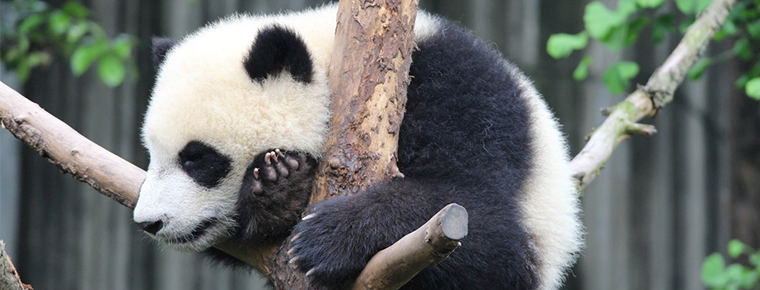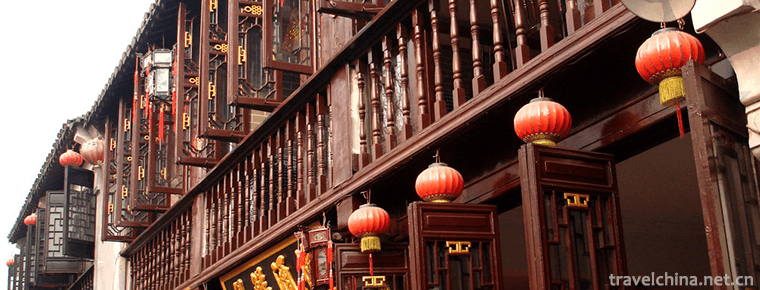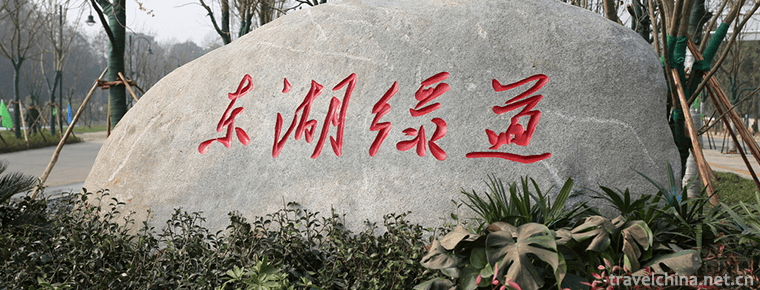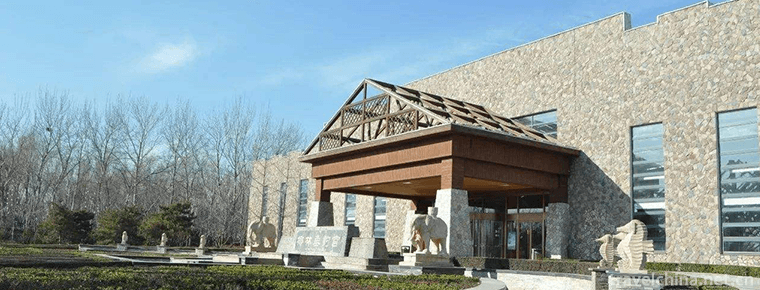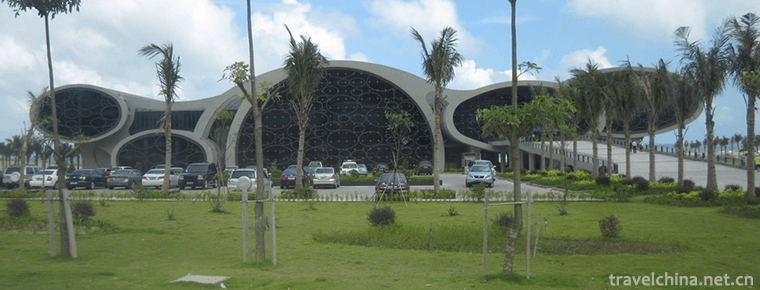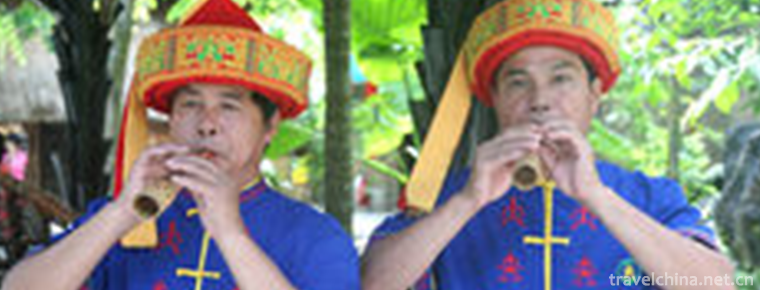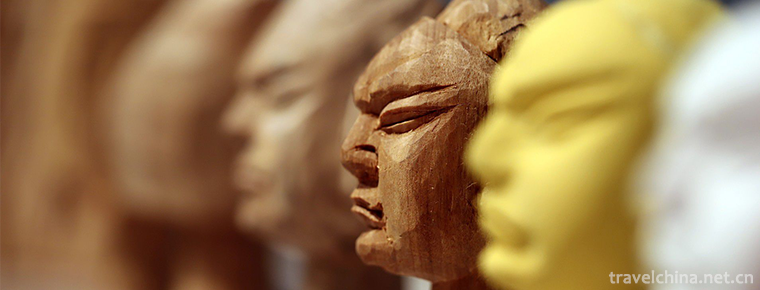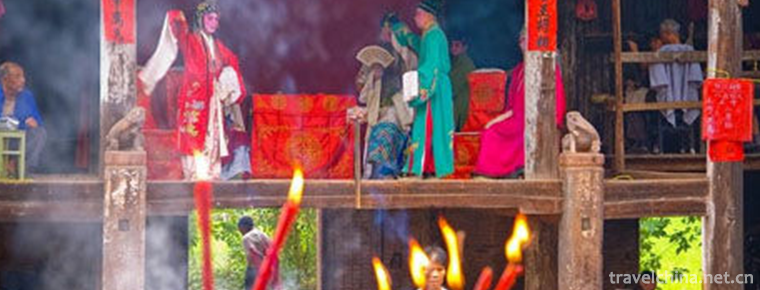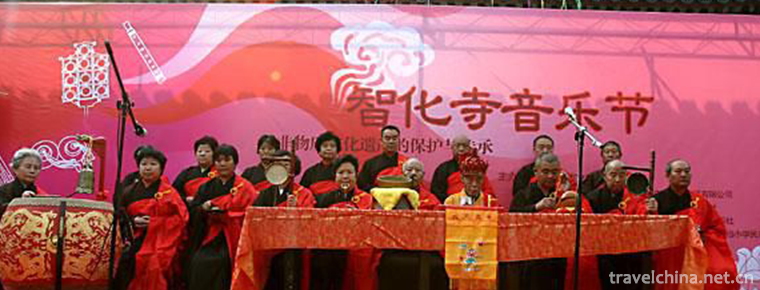Guozhuo Dance in Shannanchang
Guozhuo Dance in Shannanchang
Guozhuo Dance in Shannanchang, a traditional dance in Tibet Autonomous Region, is one of the national intangible cultural heritages.
Shannanchang Guozhuo Dance is a kind of waist drum, which originated in Dabu (now Jiacha) area. Legend has it that in the mid-eighth century, with the help of Buddhist masters such as lotus and peanut, Chisong Dezan, the 37th generation Tibetan king, built the first monastery in Tibet on the North Bank of the Yarlung Zangbo River. During the day, the walls that craftsmen worked hard to build were destroyed by demons at night. In order to confuse the ghosts and gods, Master Lianpeanut invited the seven brothers of Zhuoba (Zhuoba dancers) from Dabu area to dance Zhuoba, which became popular in the south of the mountain. Most villages in Shannan have excellent dance teams, and later this form of dance gradually spread to other areas. This shows that Guozhuo Dance in Shannanchang has a history of at least 1300 years.
In 2006, Shannanchang Guozhuo Dance was approved by the State Council of the People's Republic of China and listed in the first batch of national intangible cultural heritage list, the heritage number: III-39.
historical origin
Legend has it that in the mid-eighth century, with the help of Buddhist masters such as lotus and peanut, Chisong Dezan, the 37th generation Tibetan king, built the first monastery in Tibet on the North Bank of the Yarlung Zangbo River. During the day, the walls that craftsmen worked hard to build were destroyed by demons at night. In order to confuse the ghosts and gods, Master Lianpeanut invited the seven brothers of Zhuoba (Zhuoba dancers) from Dabu area to dance Zhuoba, which became popular in the south of the mountain. Most villages in Shannan have excellent dance teams, and later this form of dance gradually spread to other areas. This shows that Guozhuo Dance in Shannanchang has a history of at least 1300 years.
Li Xinheng of the Qing Dynasty, in his book Jinchuan Trivial Records, said that Tibetans "danced in pots and pots with folk sounds" and that their dancing patterns were varied between men and women, singing with arms, forming circles hand in hand, and taking their feet in the air. In addition to praising Buddha and Bodhisattva monasteries, Guozhuang Dance is more about singing mountains and rivers scenery, praising hometown, pouring out love, eulogizing happy life and so on. As in the lyrics, "Snow Mountain, flicker away, the eagle will spread its wings; Forest, make way quickly, young people will march and dance wildly..." The passion is unrestrained. Its vigorous dance posture, straight movements, both show dance posture and emotional expression, showing the tough temperament of the Tibetan people.
Dance features
Dance movements
Zhuo Dance consists of 18 sections: 1. Three-step Drum Point; 2. Nautilus; 3. Antu Pure Land; 4. Piling on Lotus Peanut Rock; 5. Lion Jumping; 6. Tiger-lion Struggle; 7. Ring Set; 8. Tantalum Fairy; 9. Corner of Sangye; 10. Three-hit Sleeping Place; 11. Drum-beating; 12. Raven Diamond Step; 13. King's Seat; 14. Finance Gate; 15. Subjects; 16. Worship Provision; 17. Elephant Side Sleeping Point; 18. Nine Drum Point. Zhuo Dance integrates action, rhythm, skill and rhythm. It is coordinated and highly unified in all aspects. It is difficult to see ingenuity and has infinite charm.
Dance formation
The traditional formations are basically round in performance. The performers can be divided into two categories: lead dance (Ah Ge) and group dance (Zhuoba). In the whole performance team, the number of leaders ranges from 2 to 6. They don't wear waist drums. They mainly remind the movements to change order and control the rhythm speed. Their movements are rhythmic and their gestures are basically the same as group dancing, but the difficulty is relatively small. The leaders are all people who are familiar with the movements, sequence and long acting experience of the whole outstanding dance. Dance performers dance with drum beating and drum beating rhythm.
Performing process
There are "Blessing Guozhuang", "Quicking Guest Guozhuang", "Praising Guozhuang", "Meeting Guozhuang", "Farewell Guozhuang", "Retaining Guozhuang", "Farewell Guozhuang", "Farewell Qifu Guozhuang" and other kinds, which are very rare in Tibetan areas of China. Its tunes are divided into four parts: Hu, Zhuojin, Xia Zhuo and Zhuo Cao.
Inheritance and Protection
Inheritance value
Guozhuo is a brilliant cultural heritage created by the Tibetan people in the snowy plateau, a place where human beings can live to the limit, which still exists vividly in social life. It can be said that as a unique scene in Tibetan traditional dance culture, Guozhuo is also unique in the world dance forest. Guozhuo is not only an outstanding representative of Tibetan long and splendid dance culture, but also the oldest and most influential item in the existing national sports culture. It is an extremely precious artistic wealth for all mankind. Guozhuo, like its mother Tibetan traditional culture, is a relatively unique national project in the national traditional sports culture. Its virtual freehand brushwork, stylized performance and lyric style are similar to the traditional sports of other ancient nationalities, such as the traditional sports of the Han nationality and the dance sports of Greece and India. Moreover, its personality, national characteristics and folk original flavor are the strongest, which has special research and protection value.
Heritage figures
Border Baziren, male, Tibetan, born in 1963, Gongga Tibetan, the second batch of national intangible cultural heritage projects, Shannanchang Guozhuo dance representative successor, Tibet Autonomous Region declared.
Solang, male, Tibetan, born in 1974, Gongga Tibetan, is the representative inheritor of the second batch of national intangible cultural heritage projects, Guozhuo Dance in Shannanchang, Tibet Autonomous Region.
protective measures
In 2005, Tibet launched the project of intangible cultural heritage protection in an all-round way. The state and autonomous region have invested more than 40 million yuan in the protection of Tibet's non-heritage masterpieces, including Shannanchang Guozhuo Dance.
On June 12, 2009, Guozhuo Dance of Nanchang, Zhongshan, was held in Beijing as one of the traditional music and dance exhibitions of ethnic minorities.
On June 26, 2012, Shannanchang Guozhuo Dance has entered the primary school classroom of Changguo Township, Gongga County, Shannan Province.
social influence
Important performances
On November 7, 2009, a 78-year-old artist, Nima, led the performance of Yalong Spring Tide, a Guofeng-China intangible cultural heritage concert in Zhongshan Hall, Taipei.
On October 08, 2011, the "Root and Soul - China's Intangible Cultural Heritage Exhibition" sponsored by the Ministry of Culture and the Civil Affairs Bureau of the Special Administrative Region Government included the Guozhuo Dance in Shannanchang.
Honorary recognition
On July 15, 2014, the 3rd China International Biennial Photography Exhibition, the intangible cultural heritage of human spiritual living fossils, was opened in Beijing by the Chinese Academy of Art. The Guozhuo Dance in Shannanchang was displayed in the form of paintings.
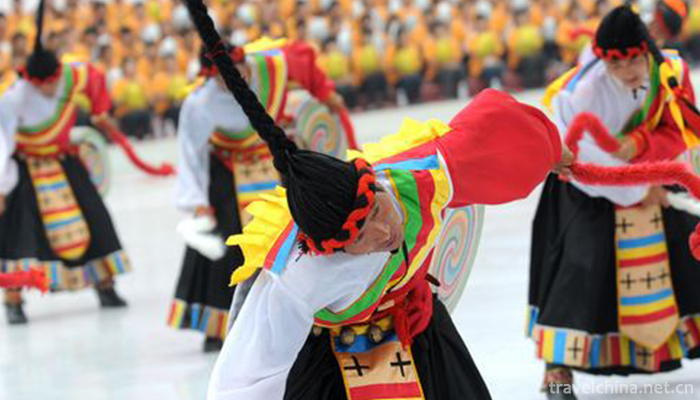
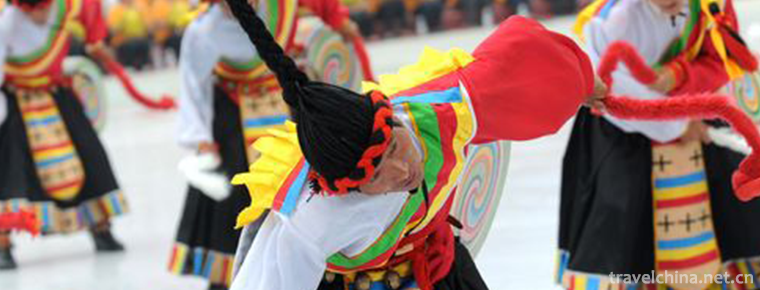
Guozhuo Dance in Shannanchang
-
Kung Pao Chicken
Kung pao chicken is a famous traditional Chinese and western famous dish
Views: 240 Time 2018-10-12 -
Sliced Fish in Hot Chili Oil
Boiled fish, also known as river boiled boiled fish and boiled fish fillet, was first popular in Cui Yun Township, Yubei District, Chongqing.
Views: 262 Time 2018-10-27 -
Zhouzhuang Town
Zhouzhuang Ancient Town is a preferred site for world cultural heritage and the first batch of national 5A tourist attractions. It is located in the southeast of Suzhou City and at the junction of Kun
Views: 339 Time 2018-12-06 -
Wuhan Donghu Scenic Area
Wuhan Donghu Eco-tourism Scenic Area, referred to as Donghu Scenic Area, is located in the central city of Wuhan, Hubei Province. It is a national 5A-level tourist attraction, a demonstration site of
Views: 216 Time 2018-12-12 -
Nangong Scenic Spot
Located in Wangzou Town, Fengtai District, southwestern suburb of Beijing, Nangong Village, the village where the scenic spot is located, enjoys the reputation of "China's first geothermal villag
Views: 179 Time 2018-12-27 -
Guangdong Marine Silk Road Museum
The Guangdong Marine Silk Road Museum is located on the "Shili Silver Beach" of Hailing Island Experimental Development Zone, Yangjiang City, Guangdong Province. The total construction area
Views: 135 Time 2019-01-13 -
Li Folk Songs
Folk songs play an important role in daily life. Almost all men, women and children can sing. Especially on festive days, singing is an indispensable recreational activity. In the daily production wor
Views: 329 Time 2019-05-12 -
Puppet Head Sculpture
Zhangzhou puppet head carving is a traditional folk arts and crafts in Zhangzhou City, Fujian Province. It belongs to a special skill in the production of puppet stage props. Zhangzhou puppet head car
Views: 137 Time 2019-06-06 -
Qiyang Opera
Qi Opera is one of the traditional local dramas in Hunan Province. It is also called Qiyang Band, Qiyang Opera in the early years of the Republic of China, and Qiyang Qidong Opera in the folk
Views: 106 Time 2019-06-10 -
Jihua Temple Music
The music of Zhihua Temple and Beijing originated from the music of court etiquette in Ming Dynasty. It is the only kind of music inherited from generation to generation in China's existing ancient mu
Views: 202 Time 2019-08-03 -
Nanchong population
By the end of 2019, Nanchong had a total household population of 7 million 237 thousand and 100, with a decrease of 45 thousand and 400 compared with 2018. Among them, 3.778 million were male and 3.459 million were female; 2.076 million were urban
Views: 380 Time 2020-12-17
